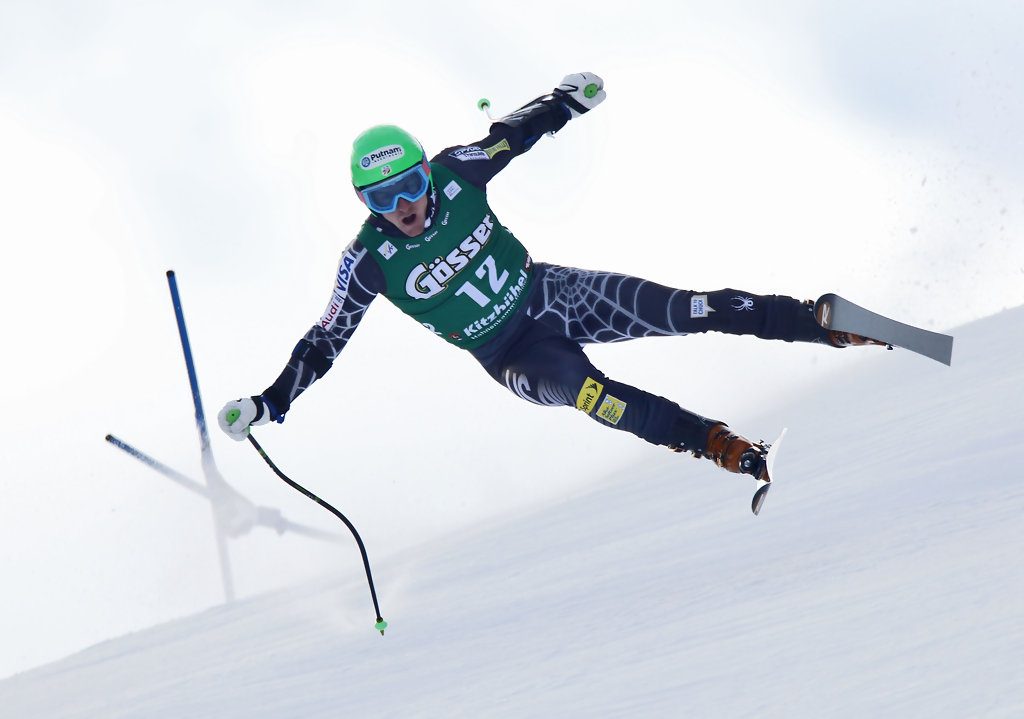Before Working on Technique
Richard
Good amount of dynamics (disequilibrium) – well centred on the skis. Zero hip angulation. Dynamics are passive along with arm carriage and lots of sideways drift in the turns which are not structured. Seems to be trying to face the torso downhill and so the turn transition is awkward.
Graham
Transferring weight (balance) instead of using dynamics (disequilibrium). Due to that affecting everything else it has to be dealt with prior to any further analysis. Unnecessary use of pole plant/touch.
Ben
Strong skier! Pushing the heels/ski-tails out. Using Up/Down timing and inappropriate pole plant.
Johnathan
Very static and two footed, weight too far back, traversing between turns – no use of dynamics.
Leon
Good dynamics and relaxed, stance too wide due to using rolling the inside foot onto its outside edge (inside the ski boot) and moving the inside knee toward the turn centre. No angulation and upper body held too far back.
Let’s Get to Work on DYNAMICS!

There’s a set page for Dynamics describing the basic explanation and exercises here : DYNAMICS
Leon – look at Ligety’s inside leg in the photo above – the knee is in front of the belly button – not displaced to the inside of the turn. That keeps it safely out of the way and prevents injury.
Skating
Basic skating exercises were also employed to drill in the sensation of actively moving the centre of mass and using the legs completely independently. Skiing is in essence a form of skating. Skis respond not to “pressure” but to the motion of the centre of mass.
Feet
We aligned the ski boot shafts to the leg morphology and also looked at how the feet are actively used inside the ski boots. It’s important that the feet are for the most part both held on their inside edges by rocking the feet using the subtaler joints beneath the ankles. This should be accompanied with a contraction of the adductor muscles (inside of upper leg) without trying to pull the knee inward . The idea is to make a strong connection between the foot and the core – this being an issue that becomes more evident when learning to pivot.
Centrifugal Force Illusion
Centrifugal (outward) Force as is often used in mechanics is an illusion and mathematical principle only. Spin a ball on a string around your head and the only force acting on that ball is the string pulling it inward. Likewise in skiing the turn is only made by driving everything inward – which is why the feet/skis need to grip when the body is driven inward toward the turn centre. (Ben – pushing the heels outward destroys dynamics!)
The second half of the turn requires the most work – effectively driving the centre of mass in the uphill direction – holding the body inside the turn until ready to finish – then the ski is allowed to lever the body up and hence out of the turn. This is the critical part of the turn.
End of Turn Dynamics(linking turns)
Especially when off piste in crap snow it’s important to use the energy of the ski lifting the body up and levering it out of the turn to the point where it ejects the body out of the turn and commits to the next turn – without doing a “Johnathan” and killing the energy by going into a traverse. This takes not only commitment but experience. There’s an exercise called a “Hanger Turn” where this is exaggerated – see the following photo..


